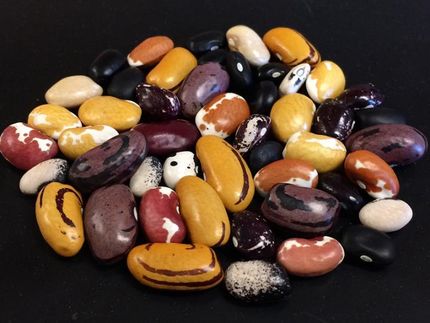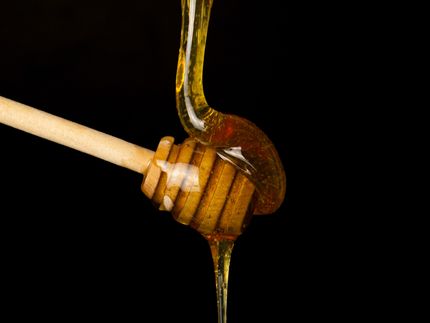Color becomes another key consideration for Chinese food and beverages consumers
Advertisement
In China, we have recently seen a number of brands launched new products in blue, such as Heytea, Starbucks, etc. Blue is being a trending color in the food and beverage markets. So how is the food industry changing consumer psychology? Mintel GNPD shows that yellow and orange are the most prevalent colour group for new food and drink launches globally over the past five years, while green, blue and violet are relatively niche food colours. As consumers nowadays are eating with their eyes, food and drink products can get even more colourful to attract their attention.

stevepb / Pixabay
Classic blue is the Pantone colour of 2020, which offers calmness and reassurance in what is proving to be the most uncertain and unsettling of times. Mintel’s latest survey also demonstrates that nearly two in five consumers perceive blue as a colour that enhances their mood, outperforming all the other colors and rising to three in five among young consumers below 25.
Widespread emotional issues among Chinese consumers and desire for novel experience put blue, which is a less seen colour in food and drink, into the spotlight. Instead of being tasty or appetizing, the popularity of blue is more related to the growing demand for comfort foods and the importance of novel experience from product innovation.
Importance of colors as a trigger for consumers to buy a particular food product
Three in 10 consumers in China claim that attractive colors would encourage them to try a blurred beverage and nearly a third of consumers choose visually impressive as an important attribute for trying super sale snacks, both skewed towards post-00s. Experience of the product, including visuals, taste, smell has become more important as a purchase driver. In addition to taste, colour can be further explored to help enhance the overall consumption experience as well as help create food and drink products that are photogenic and sought after by younger consumers.
This also echoes Mintel Trend, ‘Beauty Pays’, which reveals that consumers not only make investments to improve their own appearance, but also consider the ‘appearance’ of products as an important factor for their purchase decisions.
What Mintel thinks
We believe that blue is a starting point, and the future of food and drink will be more colourful under the demand for naturalness and balanced nutrition. After the COVID-19 outbreak, food safety has received rising attention. At the same time, naturalness is also an important choice factor across different food and drink categories. Therefore, using natural colours like colouring foods rather than artificial colours will align with consumers’ aspirations for clean labels while satisfying their demand of eating with eyes. For example, Blueglass, a popular ready-made yogurt brand, has introduced blue spirulina into its recipe to deliver high-quality yogurt with a blue appearance.
In addition, eating a ‘rainbow of colours’ delivers more than social media-friendly food and drink. According to a study from Harvard Medical School, fruits and vegetables of different colours often provide different nutrients. Food colour can be used to guide consumers towards a balanced and nutritional diet. This means colourful food and drink will play a more important role in daily consumption under the healthy eating trend. Therefore, the future is not artificial blue, but natural with more colourfulness.



































































